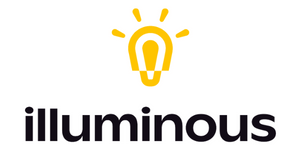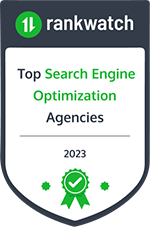Watch the Video
Optimizing Images for Your Website & SEO (Transcription)
Speaking: Gwen Beren
I wanted to give you a quick overview of how you can optimize images for your website that can help your SEO, and also your website load speed, as well as your overall usability of your website.
Optimizing Image Dimensions
So there are a couple of different facets here. The image dimensions are the first facet. So that would be like when you get those huge files from our photographer or from your phone that are 3000 by 5000 pixels, those are far too large for your website, you want to shrink those down, you can save the original file and make a copy of the file in a smaller size. Make sure that the dimensions are the right size for the place, you’re putting on your website.
Compressed File Size
The file size is very important and so those huge files that you get from your phone or from our photographer, are going to be 10s of megabytes and what you want to do is get your web images down to, you know, kilobyte size.
So, in order to do that, you can use compression, you can also make sure that it’s set for web dpi, which is generally 72 or 90 dpi, which stands for dots per inch, or PPI pixels per inch. And then you can also use a tool like tinyPNG, which uses lossy compression to reduce the file size and strip out a lot of the background data, but leave the image quality. That’s my favorite tool. So tiny png.com is a really good tool.
Saving the Proper File Type
You also want to make sure that you’re using the right file type. So you don’t want to be uploading an AI file or a dot psd file, you want to use a dot PNG or JPG and then and so these elements are really, for the file itself, you do all of these things before you even upload it into your website.
Optimize File Name with Keywords
You can also self-select a file name before you upload it to the website. You can rename your file once it’s in there and you could use descriptive keywords in your file name. That’s going to help you stay organized. It’s also going to give context to the search engines for what this image is, and what the other information around the image is about as well.
Optimize Your Image Titles
Image title follows the same type of rules. It’s another place to use applicable keywords, but you want to also make sure that you’re not just stuffing a bunch of keywords in there. If you have different variations of keywords around a similar topic, I would recommend using those variations of those synonyms in these different places.
Image Alt Tag
The final element is the image alt tag, which is now required by ADA law. This helps describe the image to the user in the code and also if the user is using a screen reader. You want to maximize the value of your alt tag by using keywords and you want to provide that extra service to those who might be visually impaired and can’t see the content of the image that you’ve provided.
I hope that this has been helpful image optimization is so important and such a big factor in your website load speed. Many many people overlook their image optimization when creating their website and then don’t understand why their website is taking so long to load. These are small tweaks you can make right up front before you even get anything onto your website. That’s going to give you a world of difference. So I hope this was helpful.
Please let me know if you have any questions. I’m Gwen Beren, CEO of Illuminous Marketing.







